Restaurant Staff Retention: Key Findings
- The hospitality industry has a 79% turnover rate, the highest across sectors.
- 61% of U.S. workers say training opportunities are a key reason they stay in their jobs.
- In a Pew study, low pay was one of the top reasons employees quit — reinforcing the importance of competitive wages.
While offering competitive wages is a key factor in restaurant staff retention, it’s not the only way to keep your team committed. This article shares the best retention strategies along with estimated implementation timelines to help you plan effectively.
How To Increase Restaurant Staff Retention
Employee retention refers to an organization’s ability to retain a certain number of employees over a specific period. A high retention rate means that you provide a healthy work environment.
Keeping your restaurant’s retention rate high saves Restaurant Managers significant costs.
According to Edie Goldberg, Ph.D., a talent management expert with over 20 years of experience in workforce strategy, replacing an employee is significantly more expensive than retaining an existing one.
In fact, according to him, the cost of turnover is approximately 33% to twice the employee’s annual salary, depending on the position’s seniority.
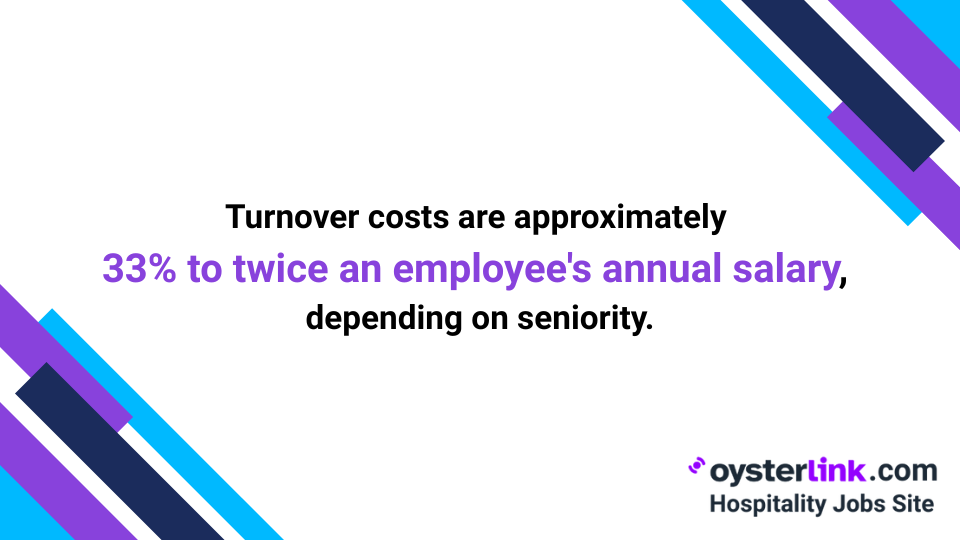
Offer competitive benefits and pay
In a study conducted by the Pew Research Center, one of the top reasons cited by employees for leaving their jobs is low pay.
You can easily mitigate this by offering competitive benefits and pay to enhance restaurant staff retention.
If you’re at a loss as to where to begin when looking into benefits to include in your offer, start with these top ten employee benefits deemed valuable according to a survey of 10,000 full-time workers in the U.S. and Europe:
- Company-sponsored pension
- Paid time off for mental health
- Healthcare cost reimbursement
- Flexible work hours
- Miscarriage leave
- Four-day work week
- “Summer Fridays” or the ability to leave early every Friday
- Private dental insurance
- Private health
- Family health insurance
These may not all be applicable to your business, so choose those that make the most sense and would work for your organization.
Meanwhile, when it comes to pay, you can start benchmarking your offer against the average salary for the position in your state and city, as these can significantly vary due to the cost of living.
For example, Bakers in New York City earn $6,250 more per year than Bakers in Miami.
In addition to base pay, offer performance-based bonuses and benefits like health insurance, retirement plans and paid time off. These perks help boost loyalty and reduce turnover.
Offer better work-life balance
Managers have a big impact on how employees manage work-life balance. Even with benefits like PTO or flexible hours, staff won’t use them if they fear judgment. To retain employees, create a culture that genuinely supports life outside of work.
Promote existing employees for internal jobs
One of the best ways to keep good employees is to offer opportunities for promotion. When a senior position opens up, consider looking at your current pool of employees and taking note of who’s been excelling and interested in moving up.
Promoting from within, rather than posting a job and hiring externally, motivates your team by giving them the chance to encounter new challenges, earn more money and advance to roles that align with their career goals. This sense of growth fosters loyalty and encourages them to go above and beyond to support your business.
For potential candidates, it shows your restaurant values employee development and sees staff as long-term team members, not expendable.
Invest in manager and staff training
According to a survey, seven out of ten employees would quit their jobs if they had a toxic manager.
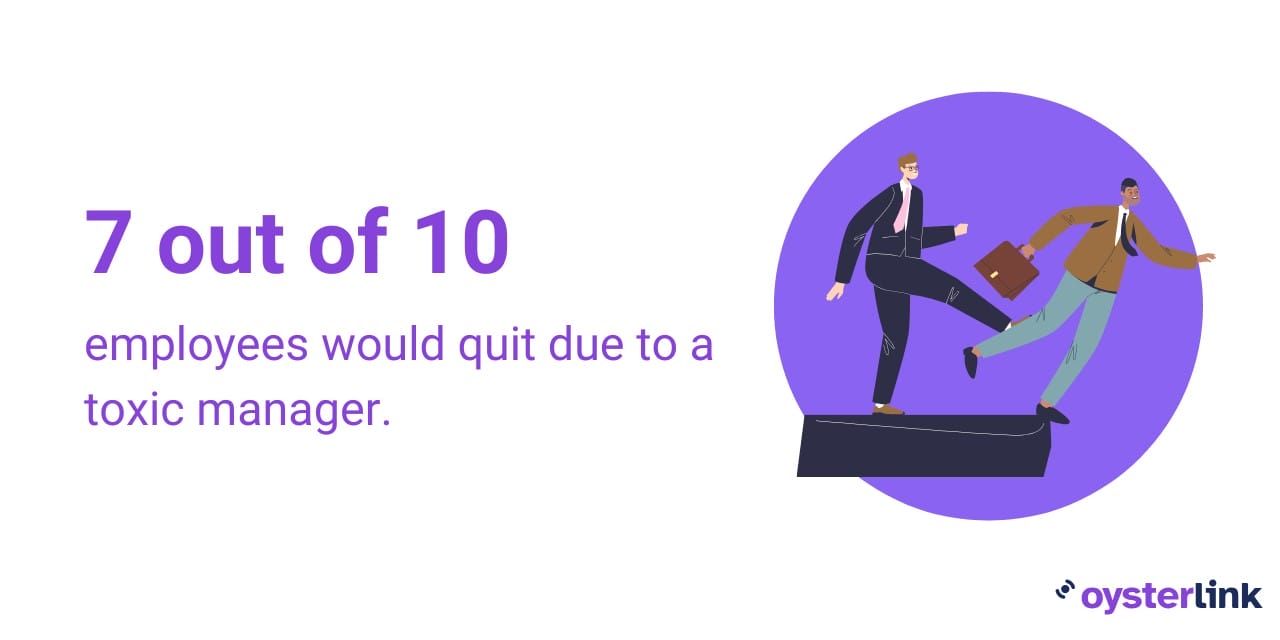
Beyond hurting your retention rate, poor management also causes significant financial losses. SHRM’s report states that between 2019 and 2024, bad managers led to a total of $223 billion in turnover costs.
Hiring managers face pressure when filling leadership roles, which require more than experience — emotional intelligence matters too. Leaders should coach, not micromanage.
Training helps managers build communication, conflict resolution and performance skills.
Cross-training staff builds confidence, strengthens teamwork and prepares them to handle multiple roles, improving overall productivity.
Offer budgets for employee development programs
If you think that setting aside a budget for employee development programs is just an unnecessary expense, it might be worth reconsidering. 61% of U.S. workers say that opportunities for training are an important reason to stay in their jobs.
Investing in your employees' growth by offering training programs, workshops, and opportunities for advancement demonstrates a commitment to their careers. This not only improves their skills but also increases their engagement and loyalty to your restaurant.
This strategy is particularly effective when retaining a Chef. With the food industry constantly changing, Chefs understand the value of free training programs to stay relevant. Although the upfront cost may seem high, the investment pays off in the long run as your restaurant staff stay longer and become more skilled.
Improve your onboarding process
Proper onboarding is important to make sure your new hire is equipped with the skills and knowledge needed to meet expectations.
When onboarding a new employee, start with a warm welcome. Introduce them to your team and assign a senior staff member to guide them through processes, best practices and things to avoid.
Give them enough time to adjust instead of overwhelming them with too much information at once. The goal is to help them feel confident and supported in performing their role effectively.
This quick video breaks down what effective onboarding looks like in action.
Foster a supportive work environment
According to a law firm, the service industry has one of the highest rates of sexual harassment. Given the nature of the hospitality industry — focused on keeping customers happy — restaurant workers, especially those in establishments serving alcohol, are particularly vulnerable to harassment.
Employers should train staff to handle rude customers confidently and ensure managers respond properly to sensitive issues. Open communication, recognition and regular team-building help build a supportive, balanced work environment.
Turnover and Restaurant Staff Retention
Employee turnover refers to the number of employees who leave an organization over a certain period. It’s the opposite of employee retention, which is the number of people who remain in the organization during that same period.
The turnover rate in the leisure and hospitality industry is consistently high at 79%, compared to other industries such as professional and business service at 57%, construction at 54% and trade, transportation and utilities at 49%.
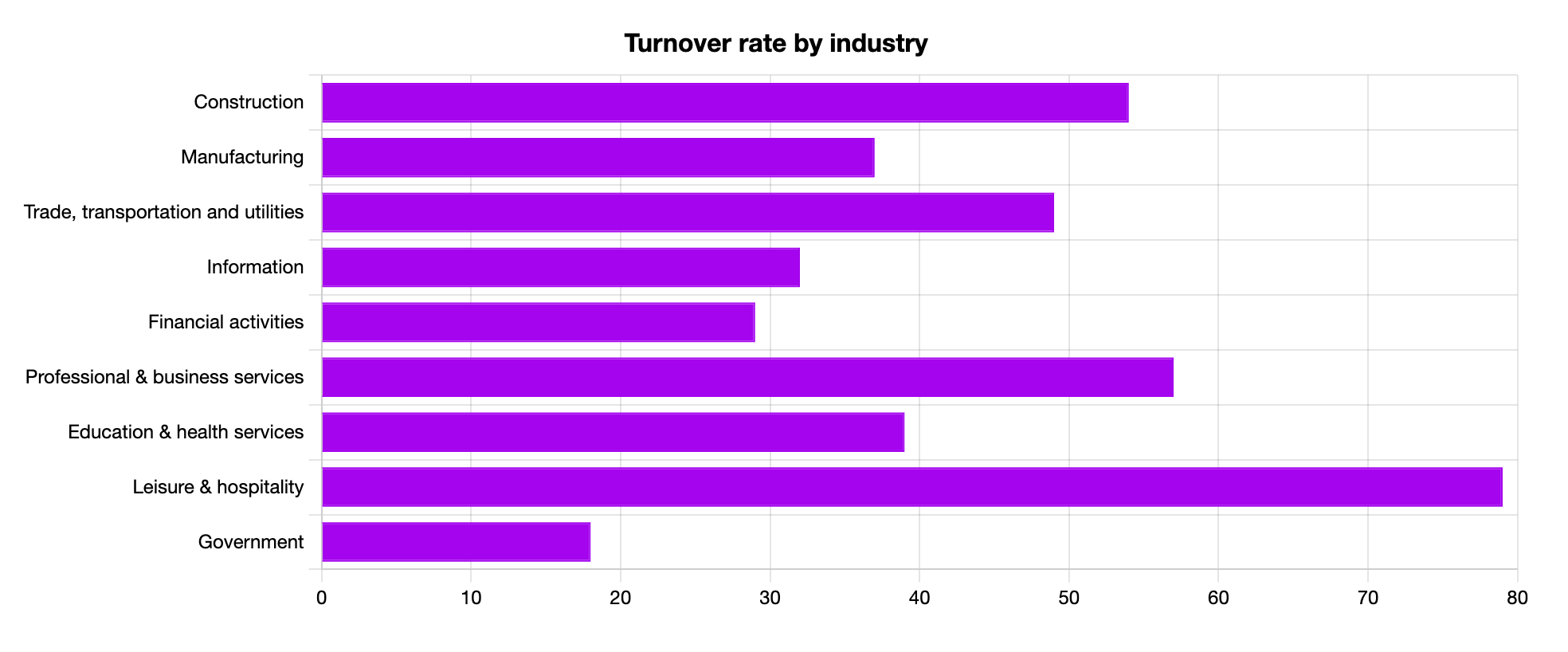
The cost of a high turnover
The restaurant industry’s high turnover stems from tough work conditions, limited growth and poor management. Tracking your turnover rate helps you budget for hiring, manage time better, and avoid overloading remaining staff.
How to compute employee turnover rate
Use the formula below to compute your restaurant’s turnover rate.
Turnover Rate = (Staff who quit ÷ Average number of staff) × 100
For example, if three restaurant staff members quit and you have 20 employees, your turnover rate would be:
Turnover Rate = (3÷20) x 100 = 15%
How to compute employee retention rate
Understanding how to compute employee retention helps you gauge the effectiveness of your retention strategies.
To calculate employee retention, use the formula below:
Retention Rate = (Employees remained / Number of employees hired) x 100
For example, if you hired 50 employees and by the end of the year, only 25 remained, your retention rate would be:
Retention Rate = (25÷50) x 100 = 50%
The general rule of thumb for a good retention rate is between 70% and 85%, but this can vary depending on factors such as the type of restaurant, location and size of the team.
Other Ways To Increase Restaurant Staff Retention Rates
Aside from the tips mentioned above, here are other ways you can increase your retention rate.
Have clear job descriptions
Having a clear list of duties and responsibilities sets expectations on both sides. If job descriptions are unclear, employees may feel a loss of purpose, leading to burnout as they try to manage multiple tasks without feeling a sense of accomplishment.
Vague job descriptions also make it difficult to track employee performance, leaving managers without a solid basis to evaluate progress or award bonuses. Clear job descriptions are essential for maintaining accountability and recognizing employees' contributions.
Hire the right candidates
A structured interview process helps identify candidates who are a good fit, reducing turnover. This process begins with creating interview questions that fairly assess both hard and soft skills, along with evaluating cultural fit.
Research is crucial to ensure that the questions align with the specific needs of the role. To save time, OysterLink offers interview guides that can streamline the hiring process and help you select the right candidates.
Manage employee workload
Management needs to be aware of the workload employees are carrying, as it can easily lead to burnout. Managers should understand how hard or how many hours employees need to work to reach specific goals. There also needs to be some consistency in the workload.
For example, if a Server working in a restaurant knows they will have to serve eight tables per shift, they can come to work without anxiety about how many tables they will need to serve that day to meet the quota. Providing a sense of consistency and stability can reduce anxiety, contributing to a more positive work environment.
Conduct exit interviews
Exit interviews offer valuable insights into why employees leave and reveal patterns like poor morale or limited growth. Addressing these issues can reduce turnover and improve your work environment.
Restaurant Staff Retention: Conclusion
Retaining restaurant staff requires more than just offering competitive pay — it’s about fostering an environment where employees feel valued, supported, and motivated to grow.
By investing in their development, promoting work-life balance, and addressing their concerns, you create a workplace culture that not only reduces turnover but also inspires loyalty.
Remember, happy employees lead to satisfied customers, and ultimately, a thriving restaurant!







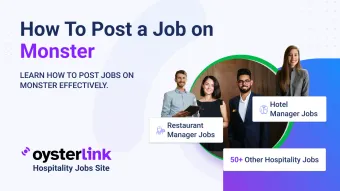
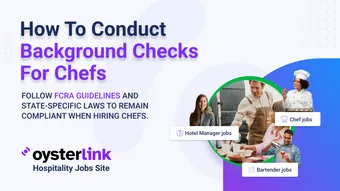


Loading comments...